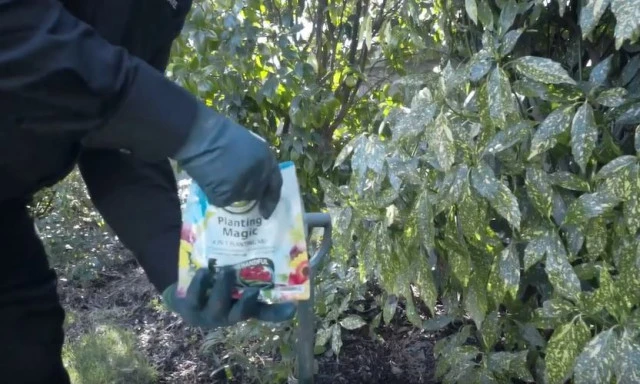Monocot or Dicot?
The flowering plants (angiosperms) contain two large evolutionary groups; the monocotyledons (monocots) and the dicotyledons (dicots). They are distinguished by the number of embryonic seed leaves that form initially on the first shoot emerging from the seed (cotyledons), the arrangement of vascular tissue in the stem, the leaf attachment to the stem, the arrangement of veins in leaves, and the number of parts to flowers.
Monocotyledonous plants exhibit several characteristics:
- One embryonic leaf or cotyledon
- Without a single dominant root (adventitious)
- Leaves with parallel veins
- Usually no secondary growth in stems
- Flowers made up of three parts
Monocots include grasses, orchids, palms, chives, lilies, daffodils and others.
Dicotyledonous plants tend to exhibit the following characteristics*:
- Two embryonic leaves - cotyledons
- Taproot system - one main root with side roots
- Leaves with a net arrangement of veins
- Secondary growth in stems
- Flowers made up of four or five parts
Dicots include woody trees, daisies, roses, cacti, peas, mint and many more.
In the image above, the mint on the left is a dicot and chive on the right is a monocot.
See the article on Broadleaf Weeds and Grasses - What is the Difference?
* There are exceptions to these.
David Brittain
Kiwicare


